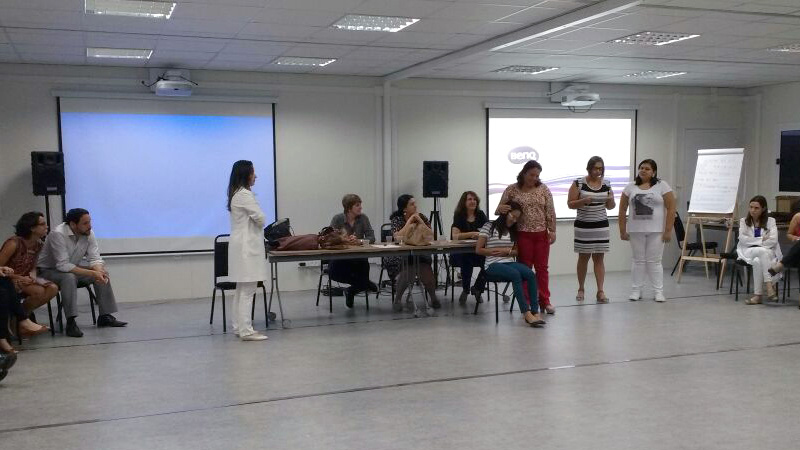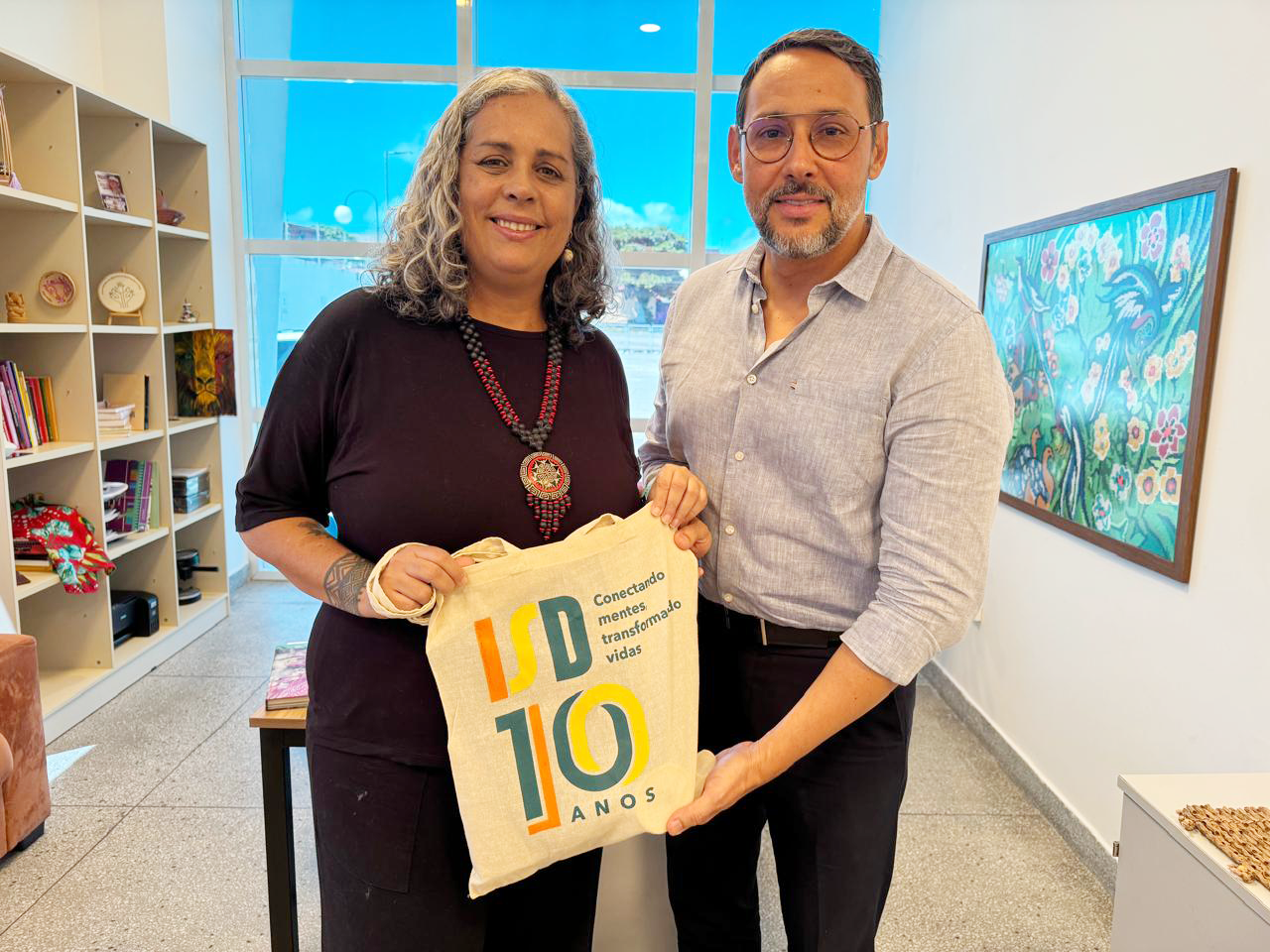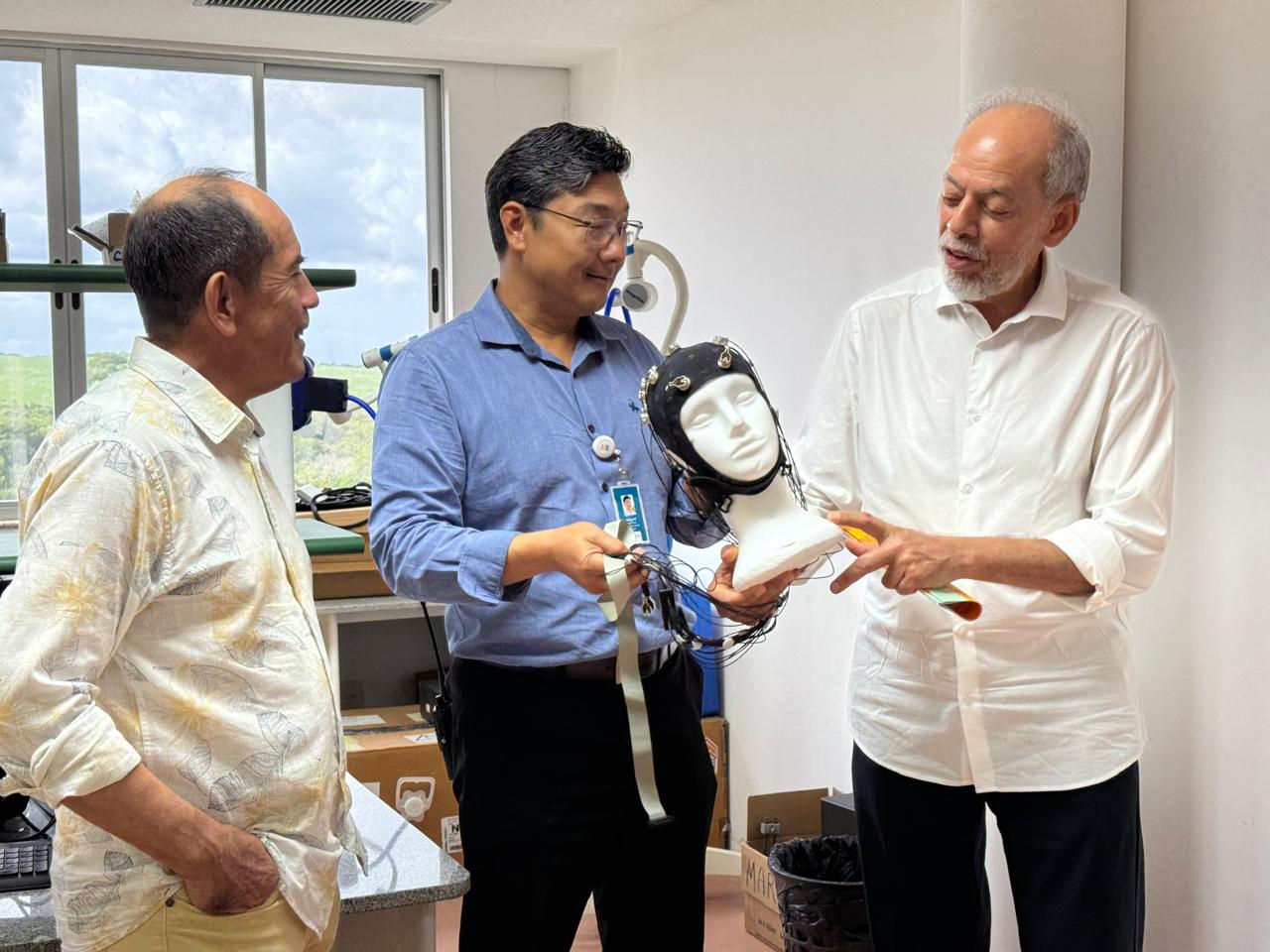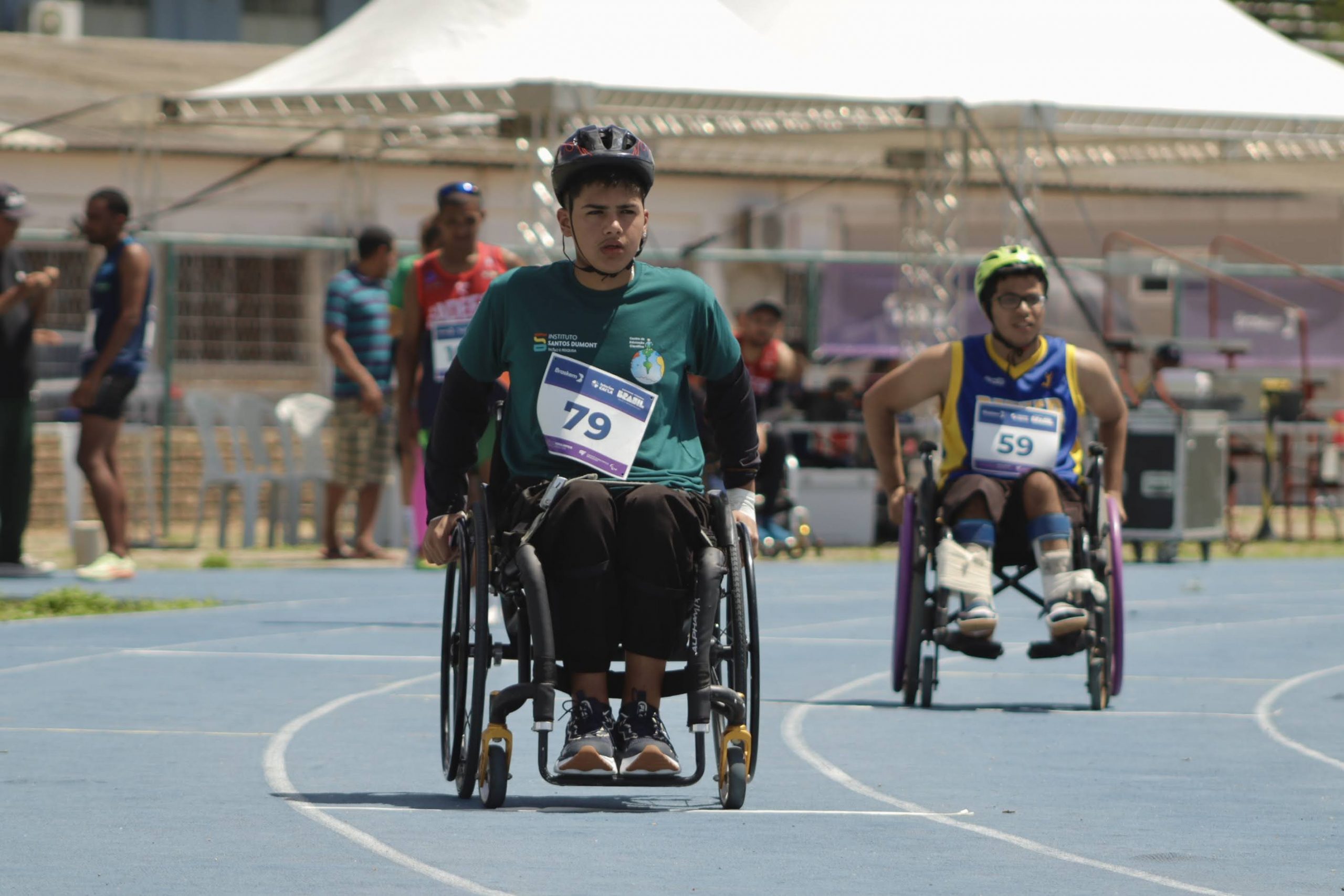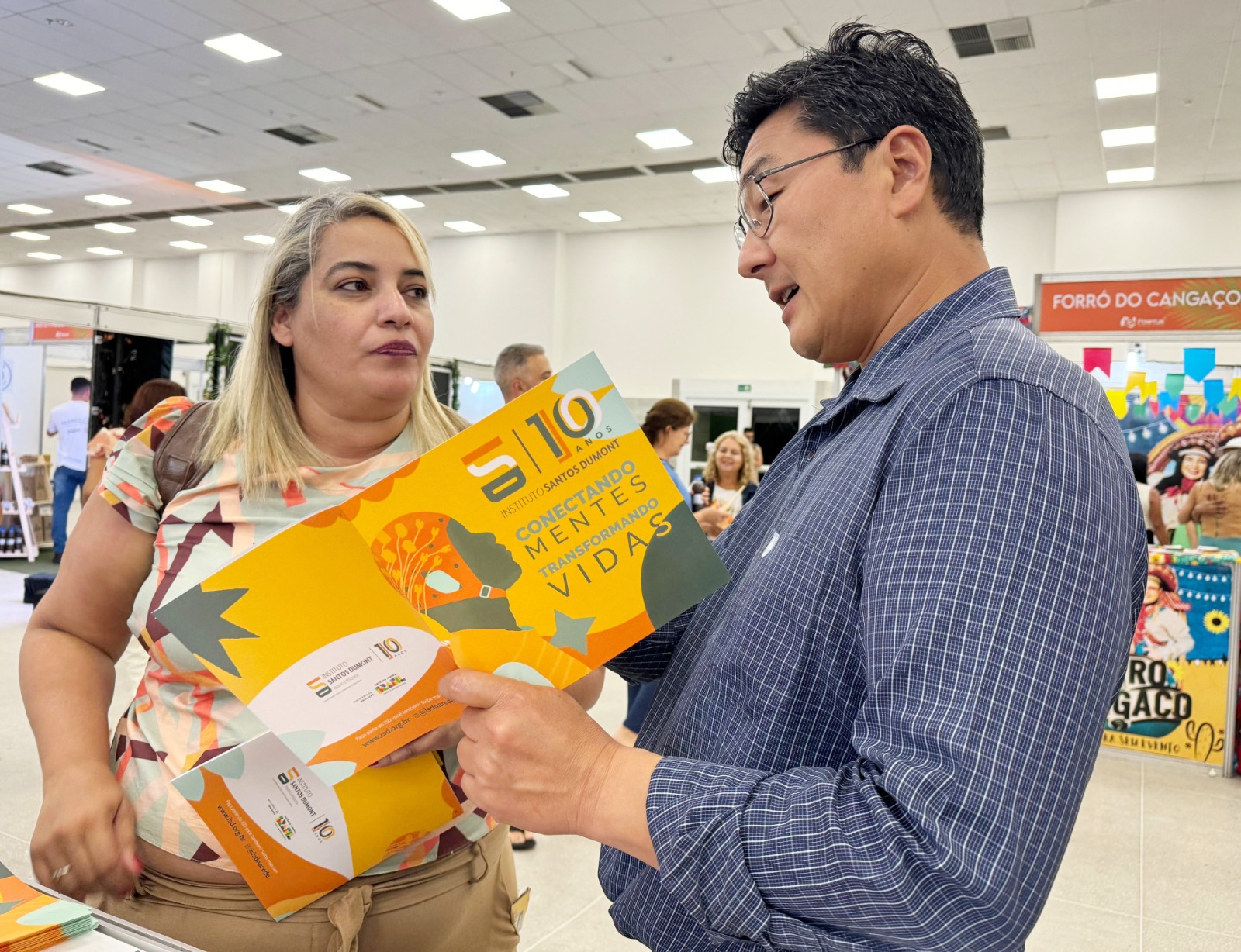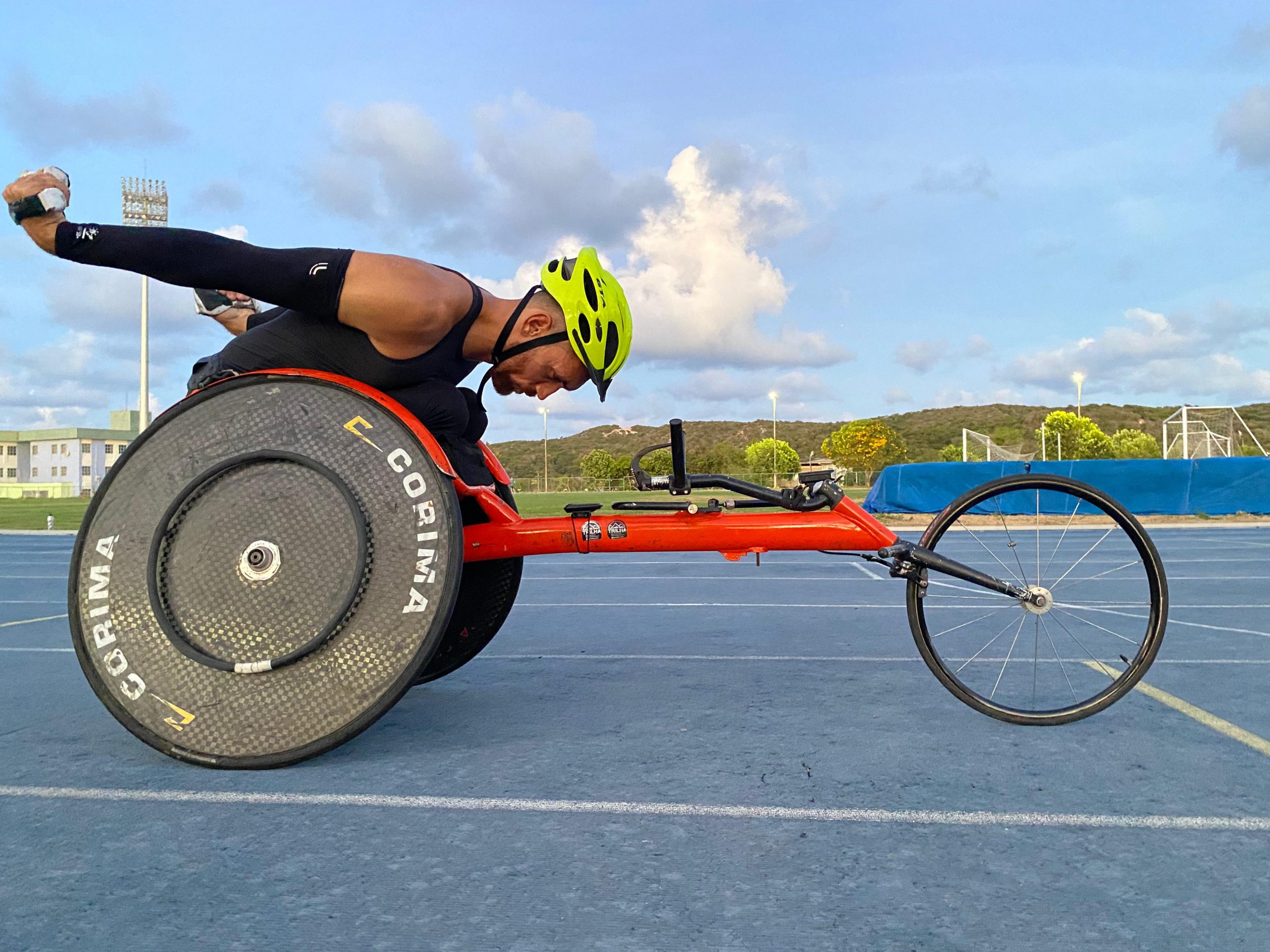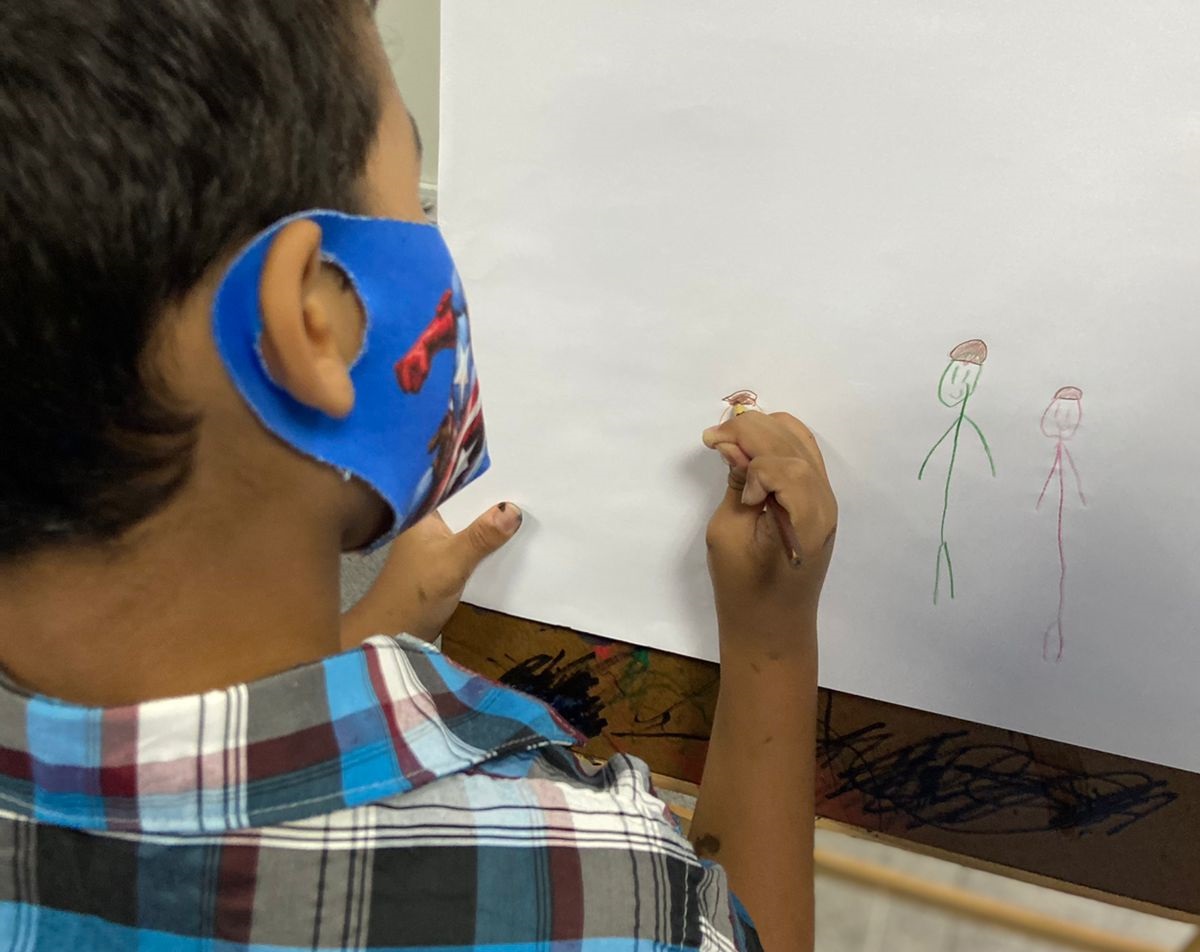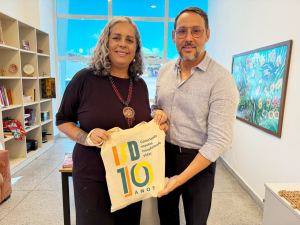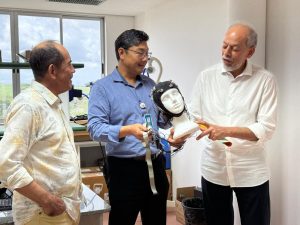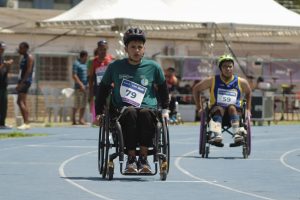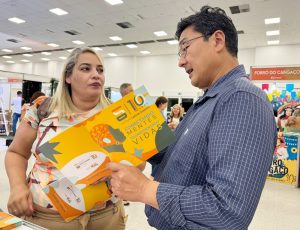What influence does the gender exercises in violence practiced against women? Is it natural for men to have a domineering and aggressive temperament? And are the fragility and sweetness credited to women also due to biological issues or do cultural aspects interfere with this social perception?
These and other questions were discussed in the Workshop “Gender and Violence”, promoted by Anita Garibaldi Health Education and Research Center (CEPS) on 06/19, in Macaíba-RN. Coordinated by the professor of Department of Anthropology from the Federal University of Rio Grande do Norte (UFRN), Roseli Maria Porto, the event alludes to the one-year anniversary of the Care Service for Children, Adolescents and Women Victims of Sexual Violence, developed by CEPS and partner institutions.
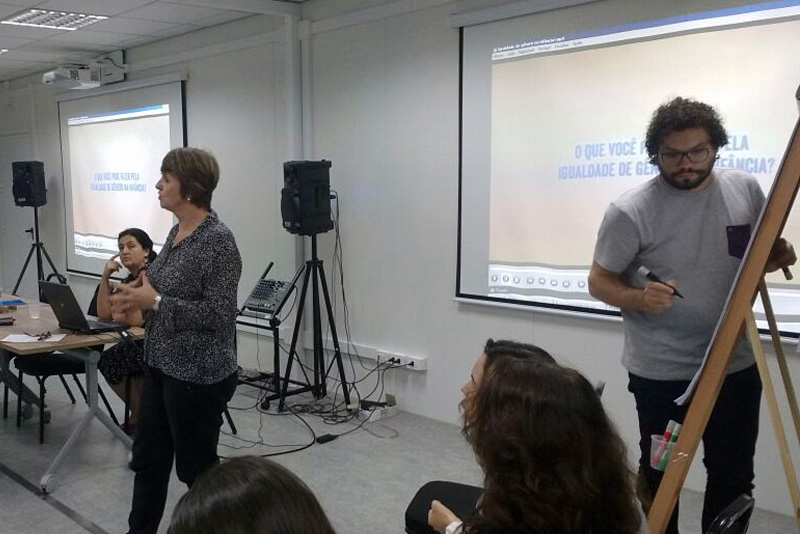
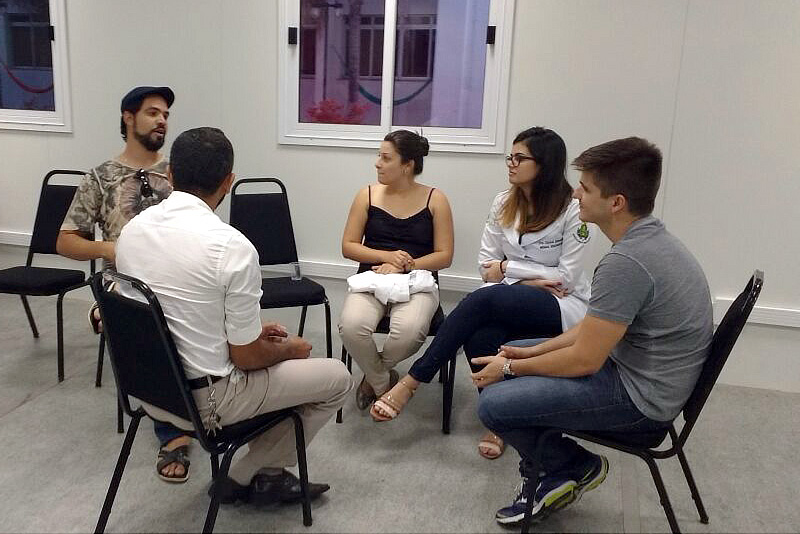
The workshop was attended by managers and professionals from CEPS, health care units in the city of Macaíba-RN, the Military Police, the Tutelary Council, the Social Assistance Reference Center (CRAS), the Specialized Reference Center Social Assistance (CREAS), the Macaibense Institutional Welfare Association (AMAI), the NGO OIKOS, the Scientific Education Centers (CECs) of the Santos Dumont Institute (ISD), the Emergency Care Unit (UPA), the Assistance Services Specialized (SAE) Adult, from the Municipal Health Department, in addition to undergraduate and graduate students and residents in the health areas. The work facilitators were UFRN professors Angela Mercedes Facundo Navia, Elisete Schwade and Paulo Victor Leite Lopes.
Behaviors of men and women in ancestral cultures
Gender is different from sex, as it socially distinguishes men and women, taking into account the historical and cultural patterns attributed to both. In order to explain to the workshop participants the extent to which sexual differences are innate or culturally constructed, knowledge such as that produced by the anthropologist Margareth Mead, who studied different ancestral tribes of New Guinea.
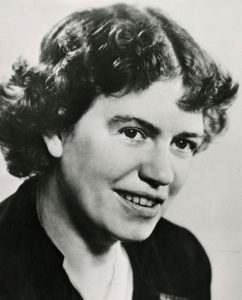
Mead discovered that in the Arapesh tribe, for example, men and women have docile behaviors, despite having different social roles. The care of the children is shared between the couple. In the Mundugomor tribe, male and female behavior is hostile and violent. A father or brother can exchange his sister or daughter for a new wife, who joins the previous ones in growing tobacco, increasing the man's wealth. Women prefer male children, as these are by their side and do not divide the matriarchy. Finally, in the Tchambuli tribe, the woman holds the power. She chooses who she marries and controls profit in business relationships. Men are heads of the family, but they comply with the rules imposed by women. They are responsible for ceremonial and ornamental activities.
With such different ways of understanding the social role of men and women in tribes that are geographically distant by just a few tens of kilometers, Margareth Mead identified that it is the culture that shapes the behavior of men and women in society. And gender differences are cultivated from the birth of individuals.
Gender stereotypes and inequalities emerge in childhood
Participants in the “Gender and Violence” Workshop brought pictures of when they were babies. When comparing their images, they noticed that, physically, boys and girls are very similar during the first months of life. What sets them apart are the clothes and accessories chosen by the parents. Boys wear overalls in blue, while girls wear pink, with bows on their heads and earrings in their ears.
This differentiation tends to evolve during childhood, with boys being encouraged to play sports and play adventures while girls have “fun” doing housework and cooking. These behaviors tend to take root as individuals grow, influencing the way they men and women see your role in society. The rebalancing of this scenario is only achieved with information and education since childhood. At this point, the participation of professionals from the Scientific Education Centers (CECs) of the ISD, Natal and Macaíba units, was relevant, which allowed for greater dialogue between the area of education and the actors involved in caring for victims of violence.
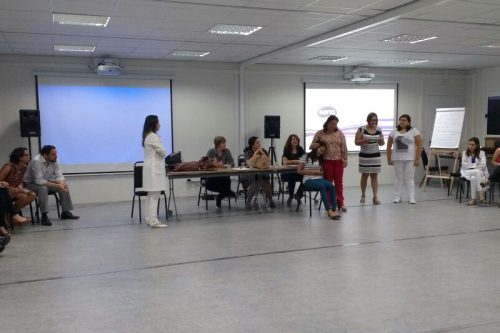
Another important point discussed at the event is that the gender inequalities they are impregnated in different spheres of society, even where it is not imagined. Example of this is the scientific knowledge. In explaining human fertilization, the sperm is the active, fast, determined agent that overcomes the egg barrier to start a new life. The woman, on the other hand, has to wait docilely and passively for the man's sperm to do his job. This vision was built, according to the facilitators of the workshop, because the main scientists of centuries ago were men, steeped in the gender inequalities that impacted society at the time.
The impact of gender issues on violence against women and children
What happens when a child arrives at a health unit with marks of violence caused by the stepfather and the mother goes into a state of denial of the event? “This happens a lot, because the mother of that child is in an extreme situation. helplessness and anguish for having to take action against the family provider”, explains the CEPS nurse, Alexandra Nascimento Casimiro. Future events by the Department of Anthropology at UFRN with professionals from CEPS and partners will address issues of this kind, specific to health professionals when dealing with cases of violence against women, children and adolescents.
To the coordinator of the Attention Service for Children, Adolescents and Women Victims of Sexual Violence, Carla Glenda, an action like the one in this workshop is very relevant to the members of the assistance network so that they understand what the gender stereotypes, reflect and cast a different and more humane look at the victims, without focusing only on bureaucratic procedures. “You have to be sensitive not to revictimize the person who suffered some type of violence, making them report the details of the aggression countless times”, informs Glenda. What really matters is respecting the fragility of those who have faced something difficult and painful, treating them with respect, dignity and without value judgments.
Text: Luiz Paulo Juttel / Ascom
Photos: Carla Glenda / CEPS
Communication Office
comunicacao@isd.org.br
(84) 99416-1880
Santos Dumont Institute (ISD)
Social organization that maintains ties with the Ministry of Education (MEC) and whose mission is to promote education for life, forming citizens through integrated teaching, research and extension actions and to contribute to a fairer and more humane transformation of the Brazilian social reality.

